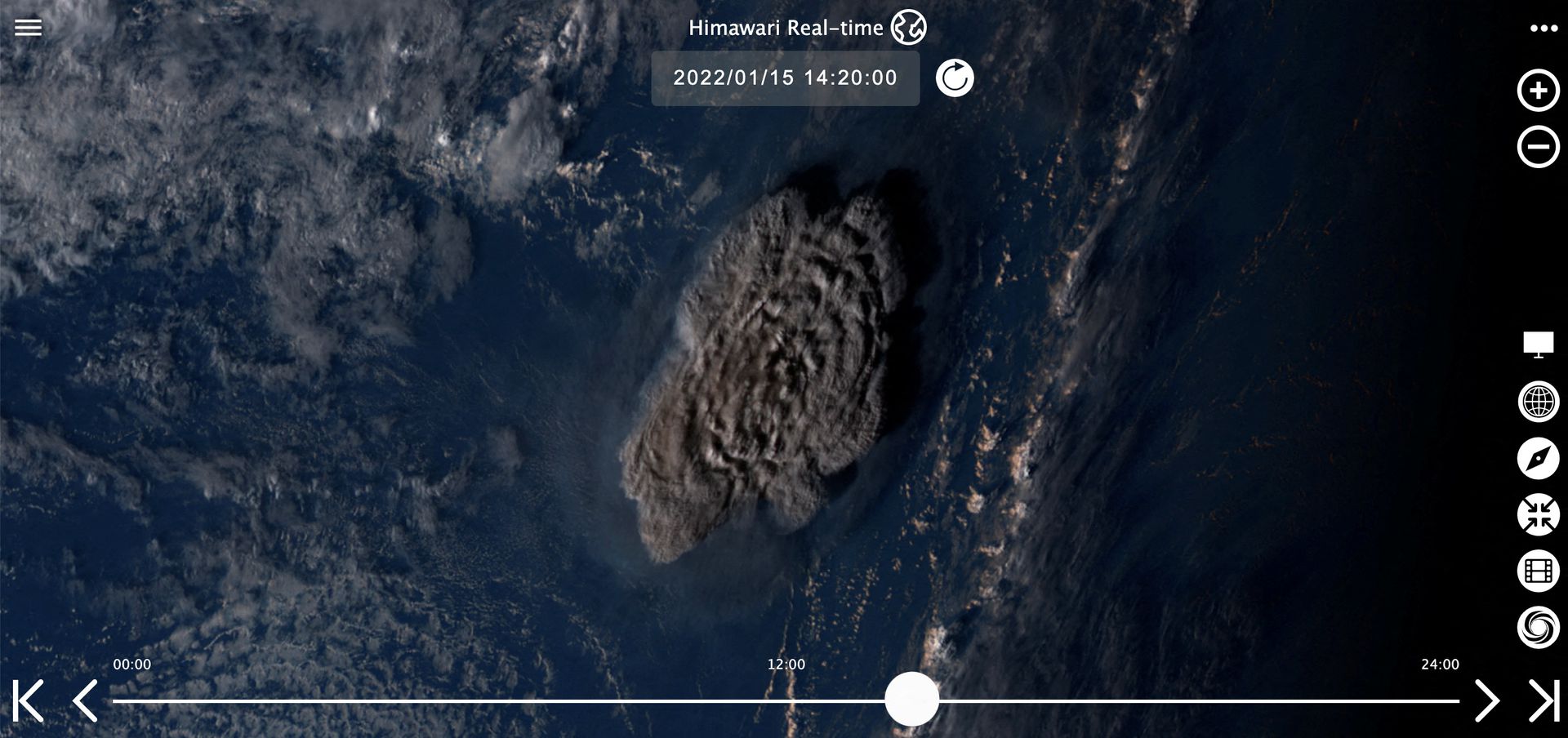Experts say multiple factors likely caused tidal surges along Japan’s coast after the massive undersea volcanic eruption in Tonga on 15 January.
The Japan Meteorological Agency released a report of an expert panel on the surge mechanism on Thursday.
It cites barometric waves, or changes in atmospheric pressure due to the eruption shock, as a main cause. But it says further studies are also needed on other factors that may have pushed up sea levels.
After the eruption in the South Pacific, tidal surges of a few centimeters to more than 1 meter were observed across Japan and damaged ships and fish-farming facilities.
The agency initially said there would be some tidal level changes, but no need to worry about tsunami damage.
But late that night, the agency issued tsunami warnings and advisories for wide areas from Hokkaido to Okinawa, leading to confusion.
The report notes that the tidal changes occurred some four hours earlier than a tsunami triggered by an earthquake. It says barometric waves from the eruption traveled quickly, causing sudden changes in atmospheric pressure.
The experts say the tidal surges went as high as more than 1 meter, possibly due to the impact of barometric waves being amplified deep under the sea, or due to geographical features such as those of a bay.
But they say they have yet to pinpoint what factors were responsible or to what extent.
Accepting the report, the agency said it will announce possible timing and areas of tidal changes in the event of major eruptions abroad, even if it is unable to forecast exact changes.
The agency says it will issue tsunami warnings or advisories if it observes tidal changes that exceed the criteria.
SOURCE: NHK/PACNEWS














